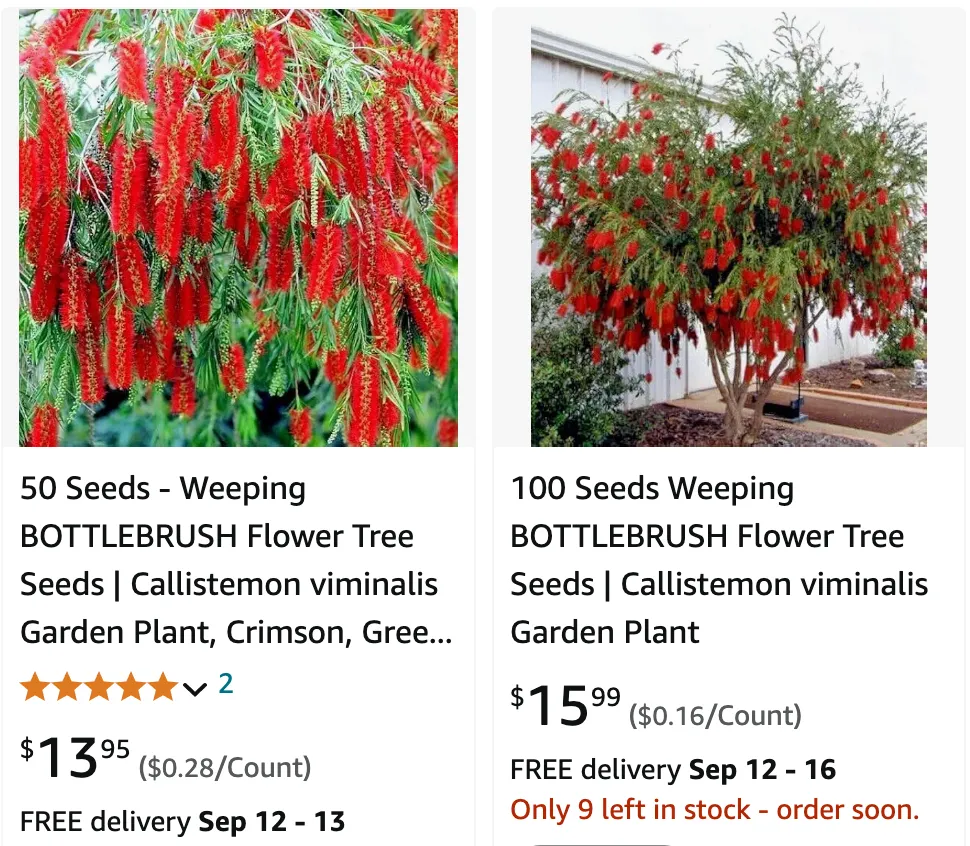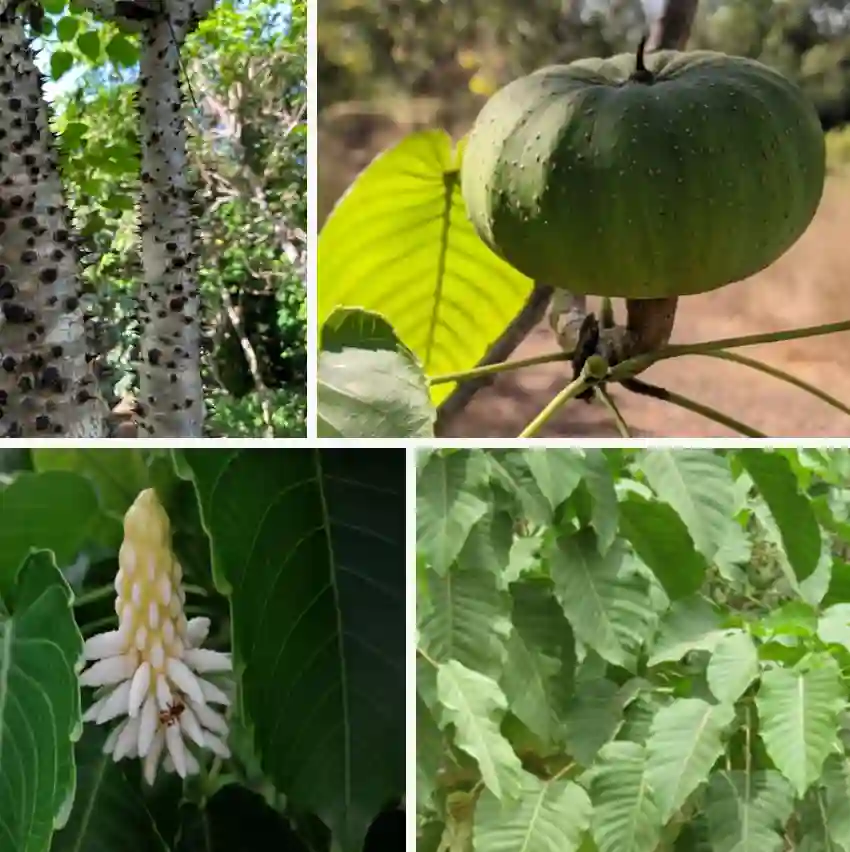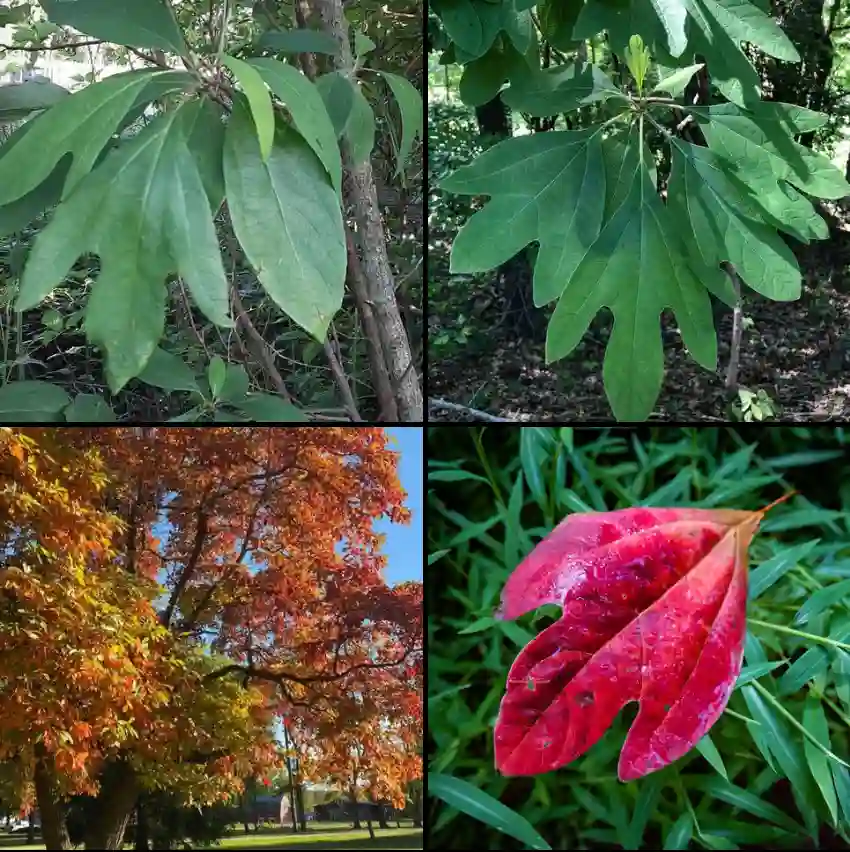
Callistemon Viminalis: Your FAQs Answered
Callistemon Viminalis, often known as the Weeping Bottlebrush, a synonym of Melaleuca Viminalis, is a striking addition to any garden or landscape. Its unique, vibrant red flowers and weeping branches make it a standout choice for gardeners looking to add a splash of color. Here, I’m going to dive into some frequently asked questions about Callistemon Viminalis, sharing my experiences and insights to help you better understand and care for this beautiful plant.
385 Species in Genus Melaleuca
How Big Do Callistemon Viminalis Get?
One of the first things people ask about Callistemon Viminalis is its size. In my experience, these plants can grow quite large. Typically, Callistemon Viminalis reaches heights between 10 to 20 feet (3 to 6 meters) and can spread about 8 to 12 feet (2.5 to 3.5 meters) wide. However, growth can be influenced by factors such as soil quality, water availability, and climate. Regular pruning can help manage its size and maintain its shape, especially if you’re growing it in a smaller garden or container.
How to Care for Callistemon Viminalis?
Proper care is crucial for a healthy Callistemon Viminalis. Here’s what I’ve found to be effective:
- Light: Callistemon Viminalis thrives in full sun to partial shade. Ideally, it should receive at least 6 hours of sunlight daily.
- Water: While it’s relatively drought-tolerant once established, regular watering helps it maintain its lush foliage and vibrant flowers. Ensure the soil drains well to avoid root rot.
- Soil: It prefers well-draining soil with a slightly acidic to neutral pH. If your soil is heavy or clayey, consider amending it with organic matter to improve drainage.
- Fertilizer: Feeding the plant with a balanced fertilizer during the growing season can encourage vigorous growth and blooming. Avoid over-fertilizing as it can lead to excessive leaf growth at the expense of flowers.
How to Propagate Callistemon Viminalis?
Propagating Callistemon Viminalis is a rewarding process if you enjoy growing plants from scratch. Here’s how I go about it:
- Cuttings: Take semi-hardwood cuttings in late summer or early autumn. Use a sharp knife or pruners to cut a 4 to 6-inch (10 to 15 cm) segment from a healthy plant. Remove the lower leaves and dip the cut end in rooting hormone. Plant the cutting in a pot filled with a mix of sand and peat. Keep the soil moist and place the pot in a warm, bright location. Roots should develop within a few months.
- Seeds: You can also grow Callistemon Viminalis from seeds. Sow seeds in a seed tray filled with seed compost and lightly cover them with soil. Keep the tray in a warm, sunny spot and keep the soil moist. Germination typically occurs within a few weeks.
Can You Grow Callistemon Viminalis Indoors?
While Callistemon Viminalis is typically grown outdoors, it is possible to grow it indoors under the right conditions. Indoor growth requires a large pot to accommodate its root system and plenty of light. Place the pot in a sunny spot or use grow lights to mimic natural sunlight. Indoor plants may require more frequent watering and humidity control to thrive.
What to Plant With Callistemon Viminalis?
When pairing Callistemon Viminalis with other plants, consider companions that complement its needs and aesthetic. I’ve had success combining it with:
- Lavender: The purple hues of lavender contrast beautifully with the red bottlebrush flowers.
- Salvia: This hardy plant adds additional color and attracts pollinators.
- Ornamental Grasses: Grasses can provide a soft contrast to the plant’s bold foliage and flowers.
Is Callistemon Viminalis Toxic?
Good news for pet owners and families, Callistemon Viminalis is generally considered non-toxic to humans and animals. However, as with any plant, it’s wise to keep an eye on pets to ensure they don’t ingest large quantities of plant material, as this could cause digestive upset.
Benefits of Callistemon Viminalis
Incorporating Callistemon Viminalis into your garden offers several benefits:
- Attracts Wildlife: The plant’s vibrant flowers are a magnet for bees, butterflies, and birds.
- Low Maintenance: Once established, it requires minimal care, making it ideal for busy gardeners.
- Drought Tolerance: Its ability to withstand dry conditions makes it suitable for various climates.
Common Problems with Callistemon Viminalis
Even hardy plants like Callistemon Viminalis can face issues. Here are some problems I’ve encountered:
- Leaf Spot: This fungal disease can cause dark spots on leaves. Improve air circulation around the plant and avoid overhead watering to reduce its occurrence.
- Pests: Look out for common pests such as scale insects and aphids. Regularly inspect your plant and treat infestations promptly with appropriate insecticides.
Callistemon Viminalis vs Citrinus
A common point of confusion is the comparison between Callistemon Viminalis and Callistemon Citrinus. While both share similar characteristics, Callistemon Citrinus, also known as the Lemon Bottlebrush, tends to have slightly smaller and more compact growth compared to the Weeping Bottlebrush. Additionally, Callistemon Citrinus produces a yellowish flower compared to the striking red of Callistemon Viminalis.
In conclusion, Callistemon Viminalis is a stunning and versatile plant that can enhance any garden with its unique beauty and benefits. Whether you’re an experienced gardener or a novice, understanding its needs and characteristics will help you cultivate a thriving, vibrant plant.
If i die, water my plants!



